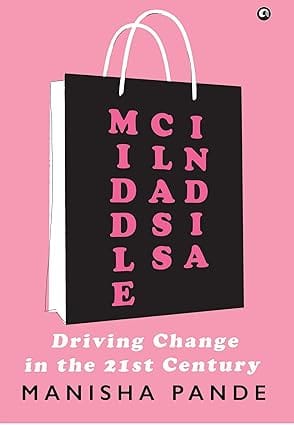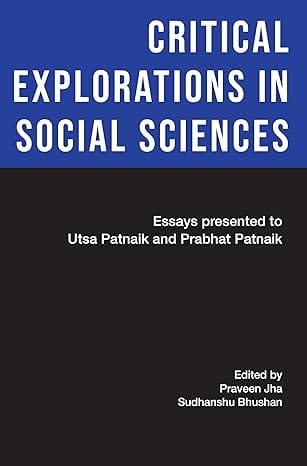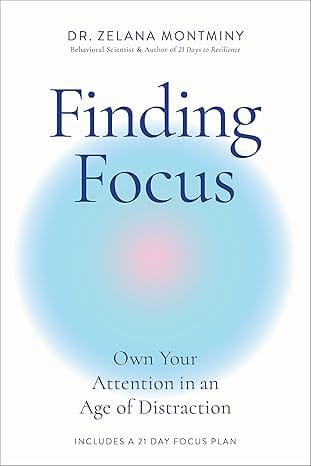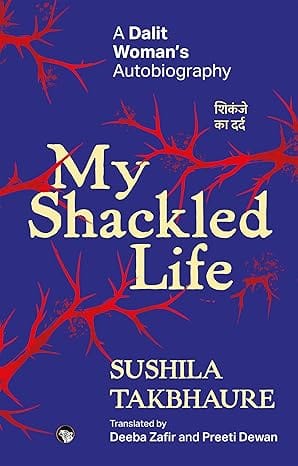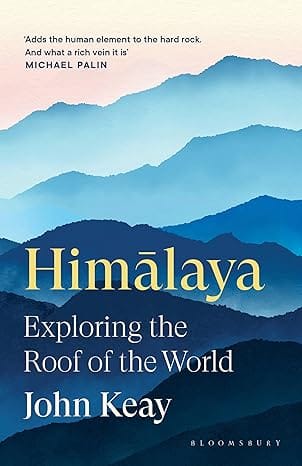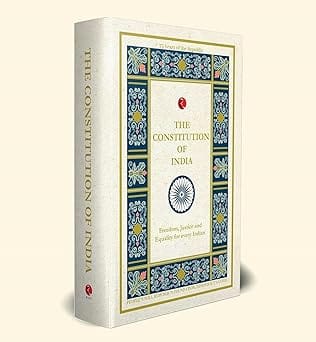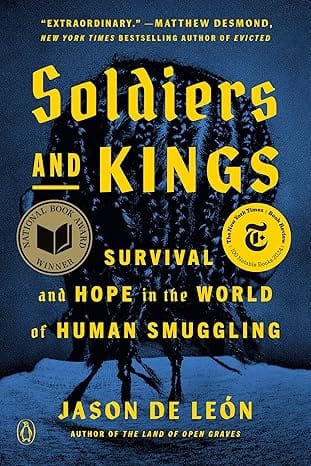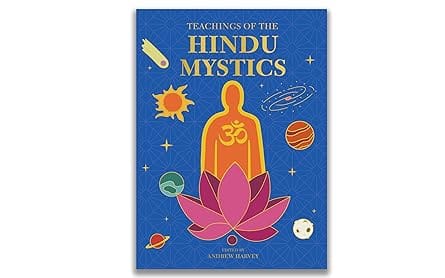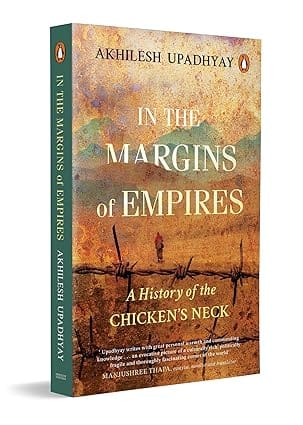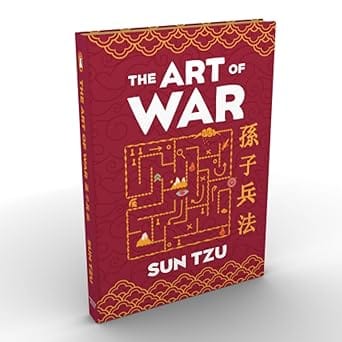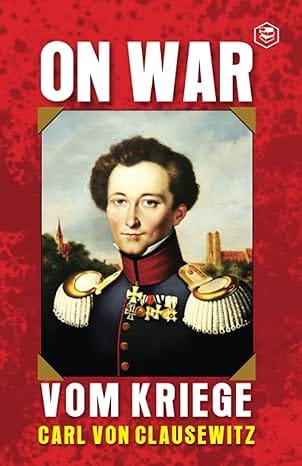WELCOME TO MIDLAND BOOK SHOP!
SHOP FOR
- Non-ficton
- Non-ficton
- Contemporary Fiction
- Contemporary Fiction
- Children
- Children
- Comics & Graphic Novels
- Comics & Graphic Novels
- Non-Fiction
- Non-Fiction
- Fiction
- Fiction
Shop No.20, Aurobindo Palace Market, Hauz Khas, Near Church +91 9818282497 | 011 26867121 110016 New Delhi IN
Midland The Book Shop ™
Shop No.20, Aurobindo Palace Market, Hauz Khas, Near Church +91 9818282497 | 011 26867121 New Delhi, IN
+919871604786 https://www.midlandbookshop.com/s/607fe93d7eafcac1f2c73ea4/677cda367903fd013d69b606/without-tag-line-480x480.png" [email protected]9788119635467 673740d162d8a8002b4ffe8f Middle Class India Driving Change In The 21st Century https://www.midlandbookshop.com/s/607fe93d7eafcac1f2c73ea4/673740d362d8a8002b4ffe97/612ntaxeixl-_sy425_.jpg 9788119635467
The middle class in India constitutes 31 per cent of the population and is expected to hit the 60 per cent mark by 2047. With a population of over 1.4 billion, India is the most populated country in the world. It is the world’s largest democracy and the fifth-largest economy. One of the factors behind India’s increasing influence globally has been its middle class, which has seen unprecedented growth since the economic liberalization of 1991. Between 1995 and 2021, the middle class grew at a rate of 6.3 per cent per year.
So who constitutes middle class India? Is this class defined by economic status, social standing, cultural power, aspirations, or is it a mix of all these aspects? Where do middle-class Indians stand on various matters such as education, career, politics, marriage and family, consumption, societal progress, work, and worship?
In this in-depth study, journalist Manisha Pande traces the growth and evolution of the Indian middle class (a diverse and heterogeneous group) through three distinct phases. As the British imperialists strengthened their grip on India, between the Battle of Plassey in 1757 until Independence in 1947, members of the traditionally apolitical middle class became leaders of the freedom movement. From Independence until 1991 was a transitional phase for the Indian middle class, during which it underwent several changes to emerge as a powerful segment of society that would have considerable influence on the politics of the country. Since 1991, innovation and entrepreneurship have become the norm for the middle class, which has become exceedingly ambitious. This new class is highly consumerist and very conscious of its new-found power. It has also become highly polarized. Grappling with communalization and post-pandemic financial strain, it might actually be regressing in some ways, especially with some sections becoming sectarian and bigoted in their outlook.
Incisive and deeply researched, Middle Class India traces the changes in size, composition, and complexity that the middle class has undergone over the years and debates the steps it needs to take as a class to drive economic growth, social harmony, and peace for the nation.
So who constitutes middle class India? Is this class defined by economic status, social standing, cultural power, aspirations, or is it a mix of all these aspects? Where do middle-class Indians stand on various matters such as education, career, politics, marriage and family, consumption, societal progress, work, and worship?
In this in-depth study, journalist Manisha Pande traces the growth and evolution of the Indian middle class (a diverse and heterogeneous group) through three distinct phases. As the British imperialists strengthened their grip on India, between the Battle of Plassey in 1757 until Independence in 1947, members of the traditionally apolitical middle class became leaders of the freedom movement. From Independence until 1991 was a transitional phase for the Indian middle class, during which it underwent several changes to emerge as a powerful segment of society that would have considerable influence on the politics of the country. Since 1991, innovation and entrepreneurship have become the norm for the middle class, which has become exceedingly ambitious. This new class is highly consumerist and very conscious of its new-found power. It has also become highly polarized. Grappling with communalization and post-pandemic financial strain, it might actually be regressing in some ways, especially with some sections becoming sectarian and bigoted in their outlook.
Incisive and deeply researched, Middle Class India traces the changes in size, composition, and complexity that the middle class has undergone over the years and debates the steps it needs to take as a class to drive economic growth, social harmony, and peace for the nation.
About the Author
Manisha Pande is an author, journalist, and feature writer with three decades of experience.
She has worked as features editor with the Asian Age, principal correspondent with The Telegraph, and feature writer with Mumbai Mirror. She has written corporate biographies for the Times of India books division; edited books for Wilson College Nature Club and course material for Rio-Learning, a content and communication company. In her work, she strives to present different perspectives to social, cultural, and religious issues.
She has worked as features editor with the Asian Age, principal correspondent with The Telegraph, and feature writer with Mumbai Mirror. She has written corporate biographies for the Times of India books division; edited books for Wilson College Nature Club and course material for Rio-Learning, a content and communication company. In her work, she strives to present different perspectives to social, cultural, and religious issues.
out of stock INR 719
1 1
Email ID already exists!
Your Current password is incorrect
Password Updated Successfully
Thanks for your Feedback
- Home
- Non-Fiction
- Middle Class India Driving Change In The 21st Century
Middle Class India Driving Change In The 21st Century
ISBN: 9788119635467
₹719
₹899 (20% OFF)SIZE GUIDE
Back In Stock Shortly - Fill The Book Request Form
Sold By: Hauz Khas - Aurobindo Market
Details
- ISBN: 9788119635467
- Author: Manisha Pande
- Publisher: Aleph Book Company
- Pages: 360
- Format: Hardback
Book Description
The middle class in India constitutes 31 per cent of the population and is expected to hit the 60 per cent mark by 2047. With a population of over 1.4 billion, India is the most populated country in the world. It is the world’s largest democracy and the fifth-largest economy. One of the factors behind India’s increasing influence globally has been its middle class, which has seen unprecedented growth since the economic liberalization of 1991. Between 1995 and 2021, the middle class grew at a rate of 6.3 per cent per year.
So who constitutes middle class India? Is this class defined by economic status, social standing, cultural power, aspirations, or is it a mix of all these aspects? Where do middle-class Indians stand on various matters such as education, career, politics, marriage and family, consumption, societal progress, work, and worship?
In this in-depth study, journalist Manisha Pande traces the growth and evolution of the Indian middle class (a diverse and heterogeneous group) through three distinct phases. As the British imperialists strengthened their grip on India, between the Battle of Plassey in 1757 until Independence in 1947, members of the traditionally apolitical middle class became leaders of the freedom movement. From Independence until 1991 was a transitional phase for the Indian middle class, during which it underwent several changes to emerge as a powerful segment of society that would have considerable influence on the politics of the country. Since 1991, innovation and entrepreneurship have become the norm for the middle class, which has become exceedingly ambitious. This new class is highly consumerist and very conscious of its new-found power. It has also become highly polarized. Grappling with communalization and post-pandemic financial strain, it might actually be regressing in some ways, especially with some sections becoming sectarian and bigoted in their outlook.
Incisive and deeply researched, Middle Class India traces the changes in size, composition, and complexity that the middle class has undergone over the years and debates the steps it needs to take as a class to drive economic growth, social harmony, and peace for the nation.
So who constitutes middle class India? Is this class defined by economic status, social standing, cultural power, aspirations, or is it a mix of all these aspects? Where do middle-class Indians stand on various matters such as education, career, politics, marriage and family, consumption, societal progress, work, and worship?
In this in-depth study, journalist Manisha Pande traces the growth and evolution of the Indian middle class (a diverse and heterogeneous group) through three distinct phases. As the British imperialists strengthened their grip on India, between the Battle of Plassey in 1757 until Independence in 1947, members of the traditionally apolitical middle class became leaders of the freedom movement. From Independence until 1991 was a transitional phase for the Indian middle class, during which it underwent several changes to emerge as a powerful segment of society that would have considerable influence on the politics of the country. Since 1991, innovation and entrepreneurship have become the norm for the middle class, which has become exceedingly ambitious. This new class is highly consumerist and very conscious of its new-found power. It has also become highly polarized. Grappling with communalization and post-pandemic financial strain, it might actually be regressing in some ways, especially with some sections becoming sectarian and bigoted in their outlook.
Incisive and deeply researched, Middle Class India traces the changes in size, composition, and complexity that the middle class has undergone over the years and debates the steps it needs to take as a class to drive economic growth, social harmony, and peace for the nation.
About the Author
Manisha Pande is an author, journalist, and feature writer with three decades of experience.
She has worked as features editor with the Asian Age, principal correspondent with The Telegraph, and feature writer with Mumbai Mirror. She has written corporate biographies for the Times of India books division; edited books for Wilson College Nature Club and course material for Rio-Learning, a content and communication company. In her work, she strives to present different perspectives to social, cultural, and religious issues.
She has worked as features editor with the Asian Age, principal correspondent with The Telegraph, and feature writer with Mumbai Mirror. She has written corporate biographies for the Times of India books division; edited books for Wilson College Nature Club and course material for Rio-Learning, a content and communication company. In her work, she strives to present different perspectives to social, cultural, and religious issues.
User reviews
NEWSLETTER
Subscribe to get Email Updates!
Thanks for subscribing.
Your response has been recorded.

India's Iconic & Independent Book Store offering a vast selection of books across a variety of genres Since 1978.
"We Believe In The Power of Books" Our mission is to make books accessible to everyone, and to cultivate a culture of reading and learning. We strive to provide a wide range of books, from classic literature, sci-fi and fantasy, to graphic novels, biographies and self-help books, so that everyone can find something to read.
Whether you’re looking for your next great read, a gift for someone special, or just browsing, Midland is here to make your book-buying experience easy and enjoyable.
We are shipping pan India and across the world.
For Bulk Order / Corporate Gifting
 +91 9818282497 |
+91 9818282497 |  [email protected]
[email protected]
Click To Know More
INFORMATION
QUICK LINKS
ADDRESS
Midland Book Shop - Hauz Khas
Shop No.20, Aurobindo Palace Market, Near Church, New Delhi
Shop No.20, Aurobindo Palace Market, Near Church, New Delhi

